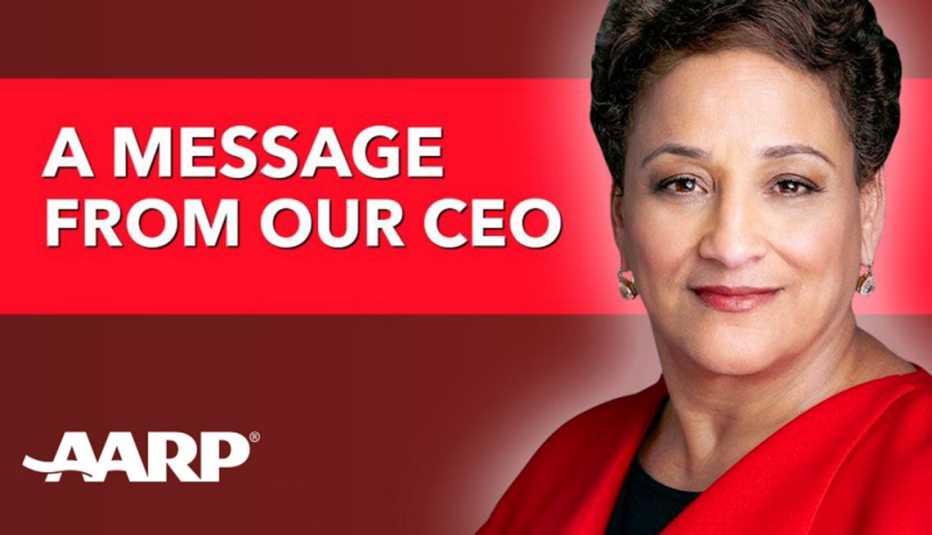Staying Fit
Connecting to the internet would become easier and more affordable for millions of older Americans and streets and transit system accessibility would increase as part of the sweeping $1.2 trillion infrastructure bill the U.S. Senate passed on Aug. 10.
The bipartisan measure passed by a 69-30 vote. Supported by the Biden administration, the legislation will have to pass the House of Representatives before becoming law. The House is scheduled to be in recess until September.


AARP Membership— $12 for your first year when you sign up for Automatic Renewal
Get instant access to members-only products and hundreds of discounts, a free second membership, and a subscription to AARP the Magazine.
The Infrastructure Investment and Jobs Act touches virtually every aspect of the nation's infrastructure — including roads, bridges, transit systems, broadband, electric grids and water systems.
"Millions more Americans will have access to high-speed internet, including those with limited means, who have faced barriers due to language or ability, or who live in unserved and underserved areas,” said Nancy LeaMond, AARP executive vice president and chief advocacy and engagement officer. “Internet accessibility is essential for older adults to connect with their families, communities, commerce and services. And provisions to strengthen electric grids and provide clean drinking water will benefit all Americans."
Broadband investments
According to AARP's annual technology survey, 15 percent of adults age 50 and older do not have access to any internet service and 60 percent say the cost of high-speed internet is a problem. The legislation provides for:
- $42 billion for grants to build and expand the infrastructure needed to deliver and maintain internet service.
- $14.2 billion to help people afford the internet, including extending the Emergency Broadband Benefit program that provides subsidies for internet service for targeted households.
- $2.75 billion for digital equity, which ensures that people of all ages and abilities will have access to the training they need to make full use of high-speed internet connectivity.
Transportation investments
"Programs like Complete Streets and Safe Streets for All promote increased accessibility and transit options for seniors in their local communities,” LeaMond said. These expanded transportation alternatives are key to promoting choice and mobility for people age 50-plus and those with disabilities.



































































